
Whether you're cooking, eating or both, there are many things to consider when it comes to the food item you're planning to enjoy. The two major concerns are health and safety. That is: is the food I'm eating nutritious, and is the food I am eating free of harmful bacteria and/or microbes? Foods can easily develop harmful bacteria over short periods of time or even pick it up from places right in your kitchen! That's why it's important to be aware of these 15 tips about food safety. These vital food facts and demystified myths will make sure you never end up with an upset tummy and no clue where it came from.
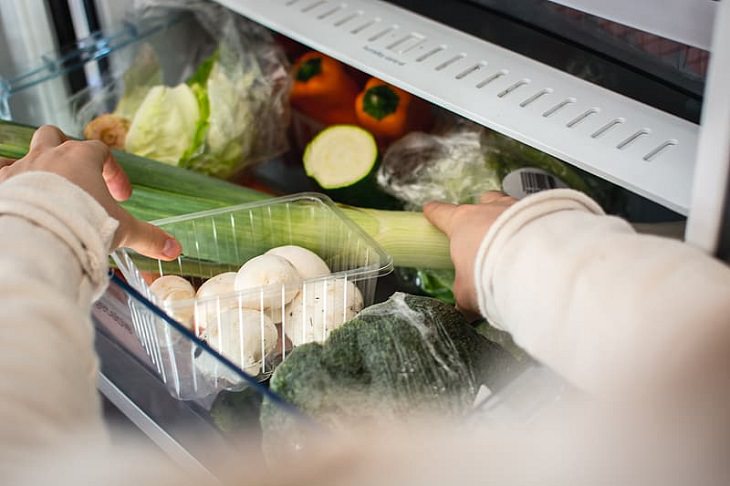
The produce drawer/compartment in every refrigerator is where we automatically toss our vegetables after a visit to the grocery store. These vegetable bins are actually amongst the germiest places in the kitchen, according to a study by NSF International. Regularly washing it out with soap and hot water can help keep you safe and your veggies bacteria-free.
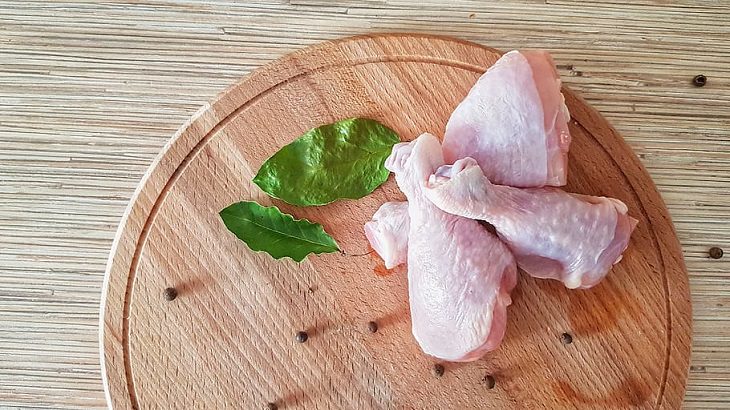
It is almost by instinct that we wash our chicken before we cook it. However, this is actually quite counterproductive as it does not remove most of the bacteria tightly packed onto the exterior of the poultry, or any of the bacteria potentially inside the chicken. And unfortunately, it does result in cross-contamination on the various surfaces in your kitchen. You may even end up degrading the quality of the meat. To make sure chicken is safe to eat, you need to cook it fully through.
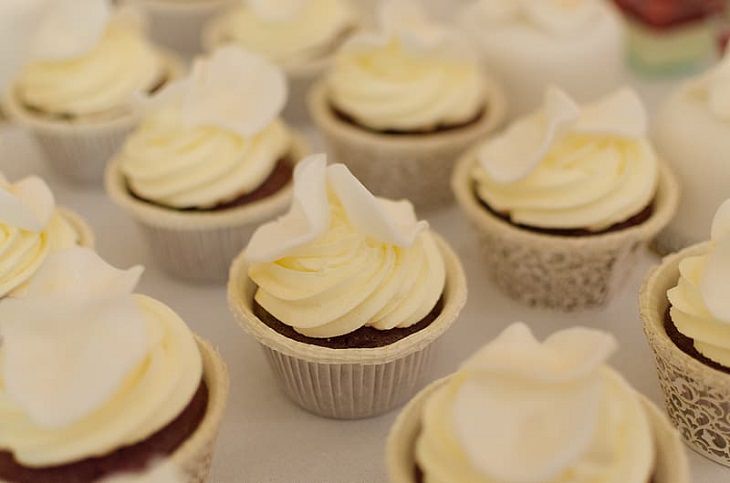
Vanilla icing is just one among many food items to be careful with for the same reason and that reason goes by the name Titanium dioxide. This additive is found in coffee creamer, ranch dressing, icing, sunscreen, and even laundry detergent as it is used to make whites whiter. While it is considered largely safe, prolonged use has led to severe inflammatory bowel disease. All such products should be consumed with caution.
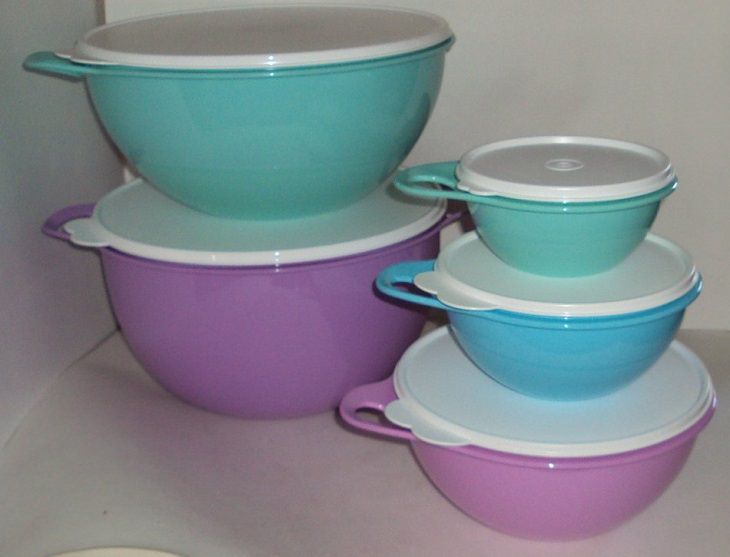
With portion sizes only getting bigger and diets getting stricter, there are always leftovers in the fridge. It's important to keep track of how long they've been in the fridge and ensure you throw them within 3-4 days tops. Beyond that, bacteria can develop in the food that will not alter the taste or appearance of the food, so you may unknowingly consume something harmful.
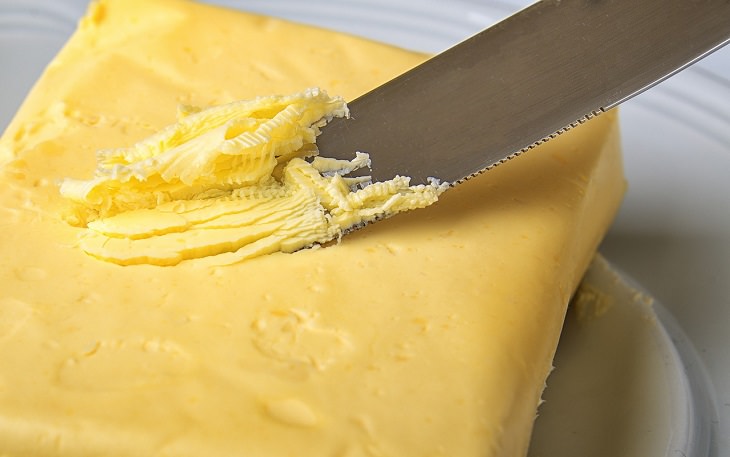
There are few things more frustrating than struggling to spread semi-frozen butter on your toast while your rushing to miss morning traffic. However, as tempting as it may be to leave your butter outside the refrigerator, that can result in drastically multiplying the rate at which spoilage microbes spread through your spread. Take the butter out 15 minutes prior to spreading or just use a warm knife.
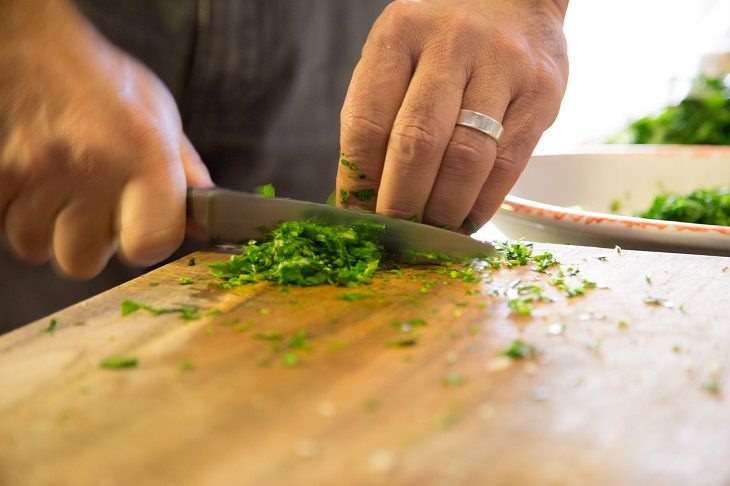
Regularly washing your chopping/cutting board is an important part of maintenance. There are numerous ways to give it an extra thorough scrub as well. However, each tiny scratch on your cutting board contains tonnes of bacteria, many of which become harmful over time or mix dangerously with other bacteria. It is therefore advisable to keep different boards for different types of food or to ensure you keep changing your board. The latter is the safest option.
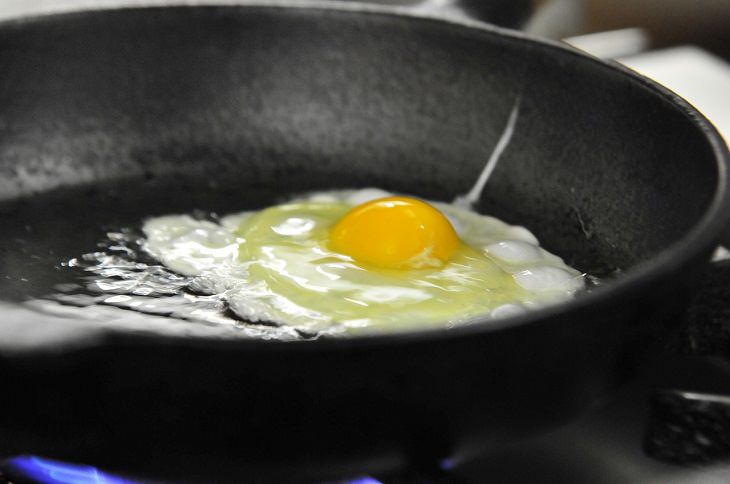
Undercooked meat can be extremely dangerous to consume and lead to a wide variety of illnesses that manifest in different ways. That's why the USDA says that ground meats and ground poultry should reach respective temperatures of 160°F and 165°F to be safe to consume. In the case of eggs and egg-based dishes, the egg has to be cooked to 160°F to ensure that all salmonella bacteria is killed off. That's why it is recommended to keep a thermometer handy in the kitchen.
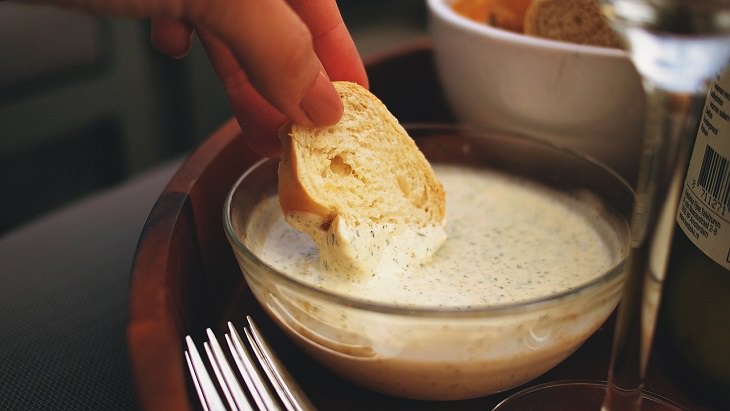
Double-dipping doesn't seem like it would be that dangerous, but it is the quickest way for bacterias and viruses to spread. Regardless of the bacteria being in the dip, the appearance of the dish will not change so the risk is always there. When you're at a restaurant or hosting guests at home, make sure everyone gets a plate to enjoy their sauces so there are no excuses for double-dipping. This is a doubly important rule to keep in mind during a pandemic.

A long-standing family tradition on holidays for kids has been to fight to lick the bowl of batter after the cookies have made their way to the oven. As disappointed as the kids will be, this practice needs to end and they'll thank you for it later. Despite its deliciousness, raw cookie dough is extremely dangerous. The uncooked flour in it may contain E.Coli bacteria, which causes severe food poisoning and intestinal damage.

Usually, before heading to bed, we grab a glass of water to sip before we slip off into dreamland. Sometimes when we wake up the next morning and lean over to quench our throat, the water can have a bit of an odd taste or after-taste. This may make you wonder if the water is safe to drink or not. Water does not spoil so leaving it overnight will not change the safety of the water, even if it has a slightly funky-taste later.
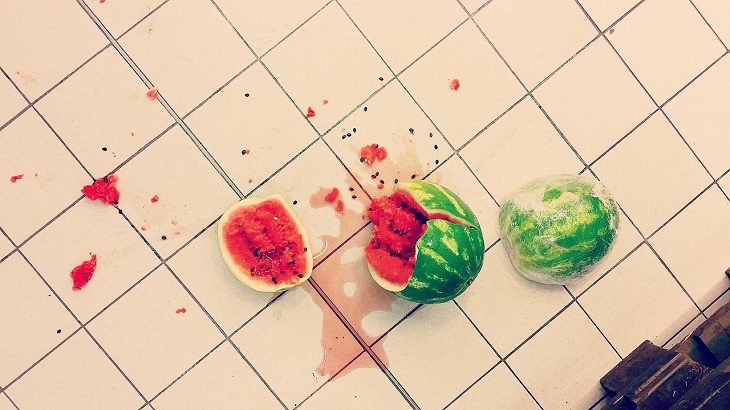
Most home-cooks, especially amateur ones who are just starting to improve their kitchen prowess, have invoked the 5-second rule at some point or other. When one of your main ingredients slips out of your hand and lands on the floor, you just grab it as quickly as you can, believing that 5 seconds is too short a time for bacteria to latch on. Unfortunately, bacteria needs no time at all so once that piece of meat or veggie hit the ground, it was already exposed.
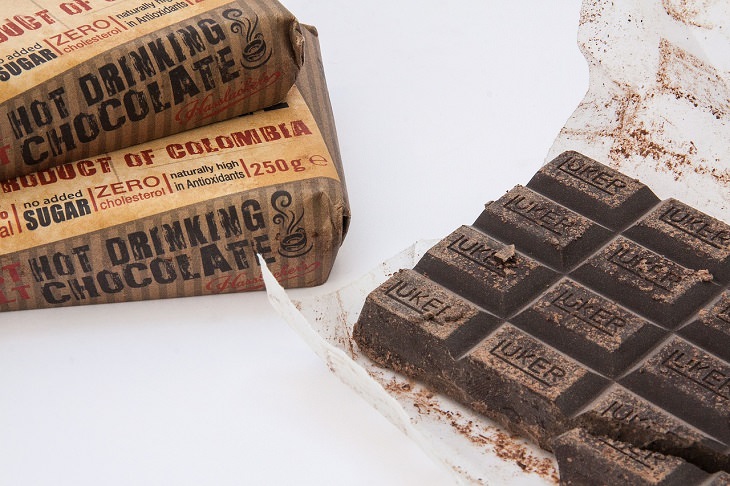
When you've kept a bar of chocolate in a warm place for a while (or even in a cold place for a really long time), you may notice a thin white film coating your chocolate. In case you've ever wondered if chocolate is safe to eat when you find this coating, the answer is yes. When the fat from the cocoa butter separates from the cocoa, it causes the coating to form, which is perfectly safe to eat!
Share these tips with everyone you know to make sure they eat safely!